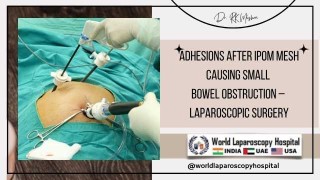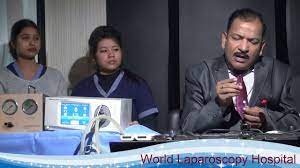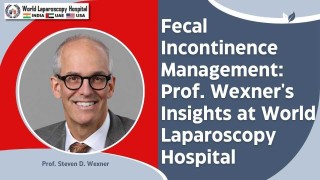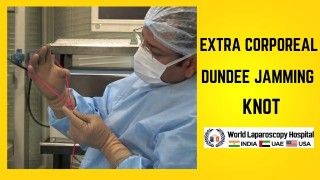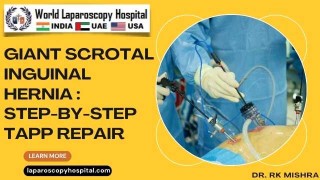TAR Anatomy Explained: Key Insights into Abdominal Wall Reconstruction
Add to
Share
23 views
Report
2 days ago
Description
The Transversus Abdominis Release (TAR) represents one of the most advanced reconstructive techniques in abdominal wall hernia surgery. At World Laparoscopy Hospital (WLH), Gurugram, this procedure is performed with precision, anatomical expertise, and the latest minimally invasive technology to restore both function and form of the abdominal wall. Understanding Hernia Anatomy A hernia occurs when the inner layers of the abdominal wall weaken, allowing tissues or organs to protrude through the defect. The abdominal wall consists of multiple layers — skin, subcutaneous tissue, fascia, and three muscle layers: External Oblique Internal Oblique Transversus Abdominis Beneath these lies the transversalis fascia and peritoneum, which together form the inner boundary of the abdominal cavity. Understanding these layers is crucial for surgeons performing TAR, as the procedure involves strategic dissection between the transversus abdominis and the transversalis fascia, creating a broad plane for mesh placement and tension-free repair. What is the TAR Procedure? The Transversus Abdominis Release (TAR) is a posterior component separation technique designed to manage large, complex ventral hernias. In this approach, the surgeon divides the transversus abdominis muscle while preserving neurovascular structures and maintaining the functional anatomy of the abdominal wall. This creates a wide retromuscular space that allows large prosthetic mesh placement with optimal coverage and low recurrence rates. Minimally Invasive TAR at WLH At World Laparoscopy Hospital, the TAR procedure is performed using laparoscopic and robotic-assisted techniques, significantly reducing postoperative pain, infection risk, and hospital stay. The surgical steps include: Posterior Rectus Sheath Incision – Accessing the retrorectus space. Transversus Abdominis Division – Gaining entry into the proper avascular plane. Creation of Large Retromuscular Space – Extending laterally to the psoas muscle. Defect Closure – Restoring midline integrity. Mesh Placement – Reinforcing the abdominal wall with a wide, tension-free mesh. This modern approach allows excellent functional outcomes, superior cosmetic results, and long-term durability compared to traditional open methods. Why World Laparoscopy Hospital? WLH stands as a global center of excellence in advanced minimal access surgery, under the leadership of Dr. R. K. Mishra, one of the pioneers in laparoscopic and robotic hernia repair. The hospital provides: State-of-the-art 3D and robotic operating systems Comprehensive anatomical training for surgeons through live demonstrations and simulation labs Global Fellowship and Diploma programs that teach the latest techniques in hernia surgery, including TAR Individualized patient care with evidence-based surgical planning and enhanced recovery protocols Advantages of TAR at WLH Anatomical restoration with functional abdominal wall reconstruction Low recurrence and infection rates Preservation of neurovascular supply Enhanced postoperative comfort and mobility Cosmetically superior results through minimal scarring Conclusion The TAR procedure embodies the perfect blend of anatomical mastery and minimally invasive innovation. At World Laparoscopy Hospital, this technique is not only a surgical treatment but also a teaching model for surgeons worldwide. Combining advanced technology, expert mentorship, and a deep understanding of hernia anatomy, WLH continues to set new benchmarks in complex abdominal wall reconstruction and hernia management.
Similar Videos

